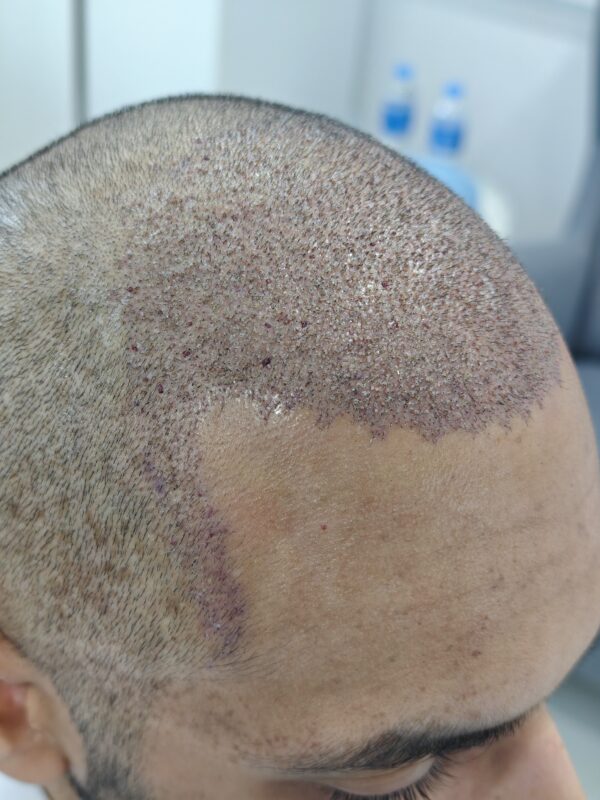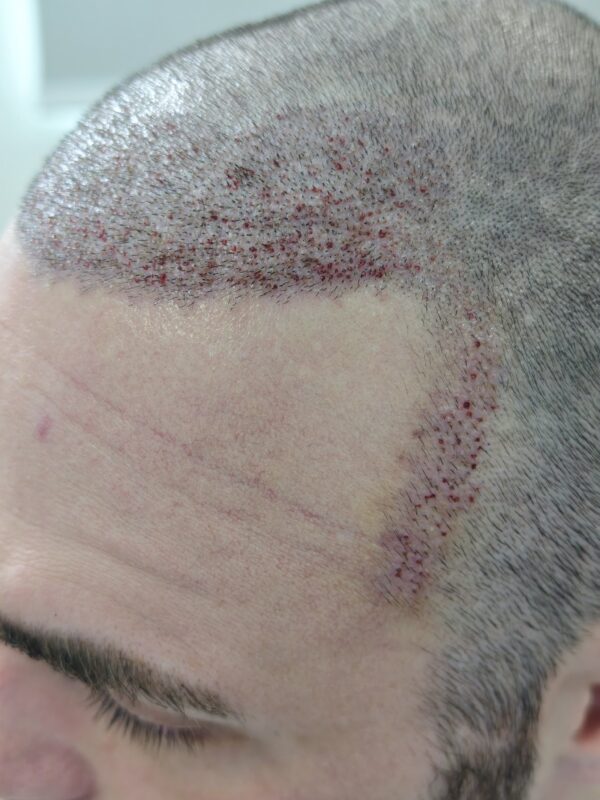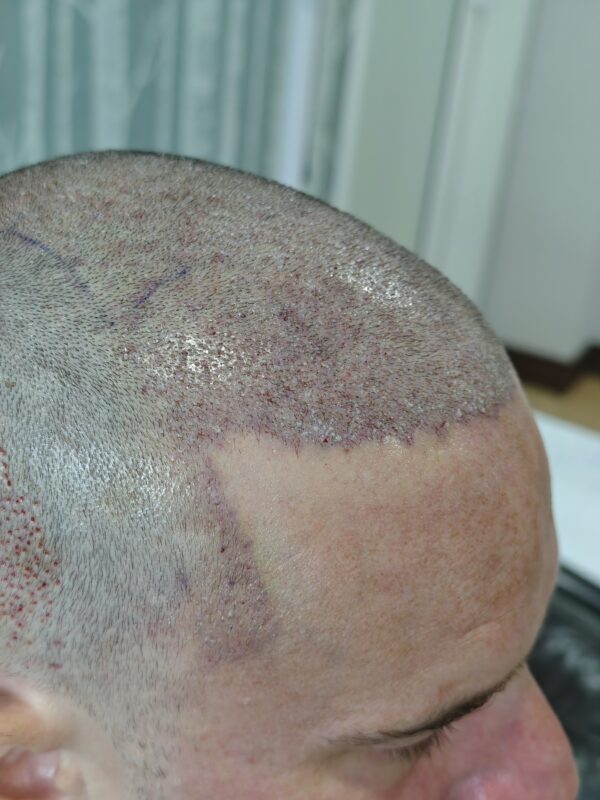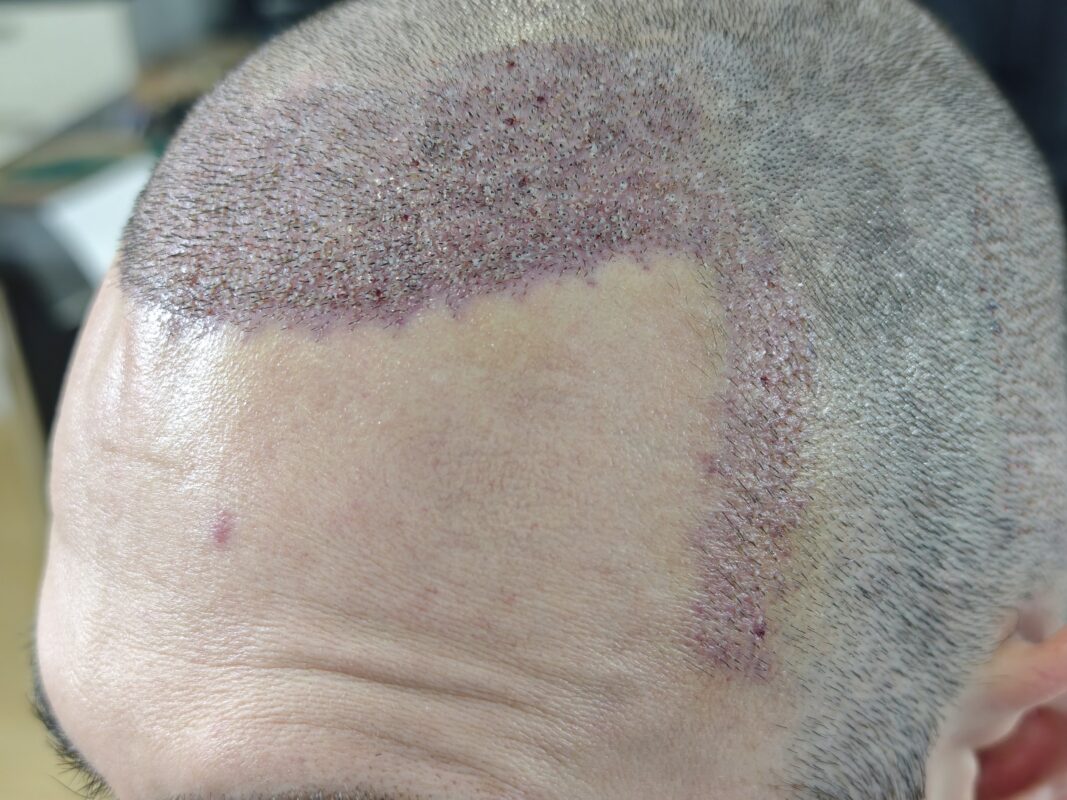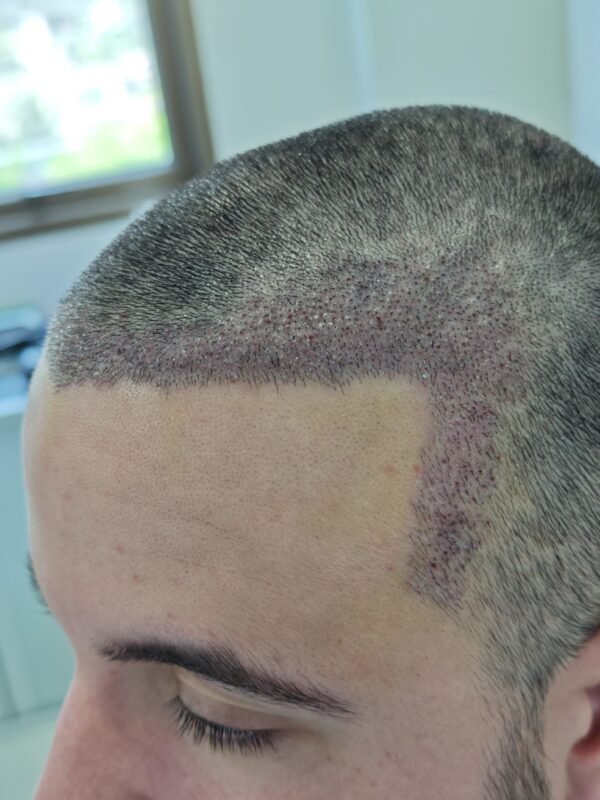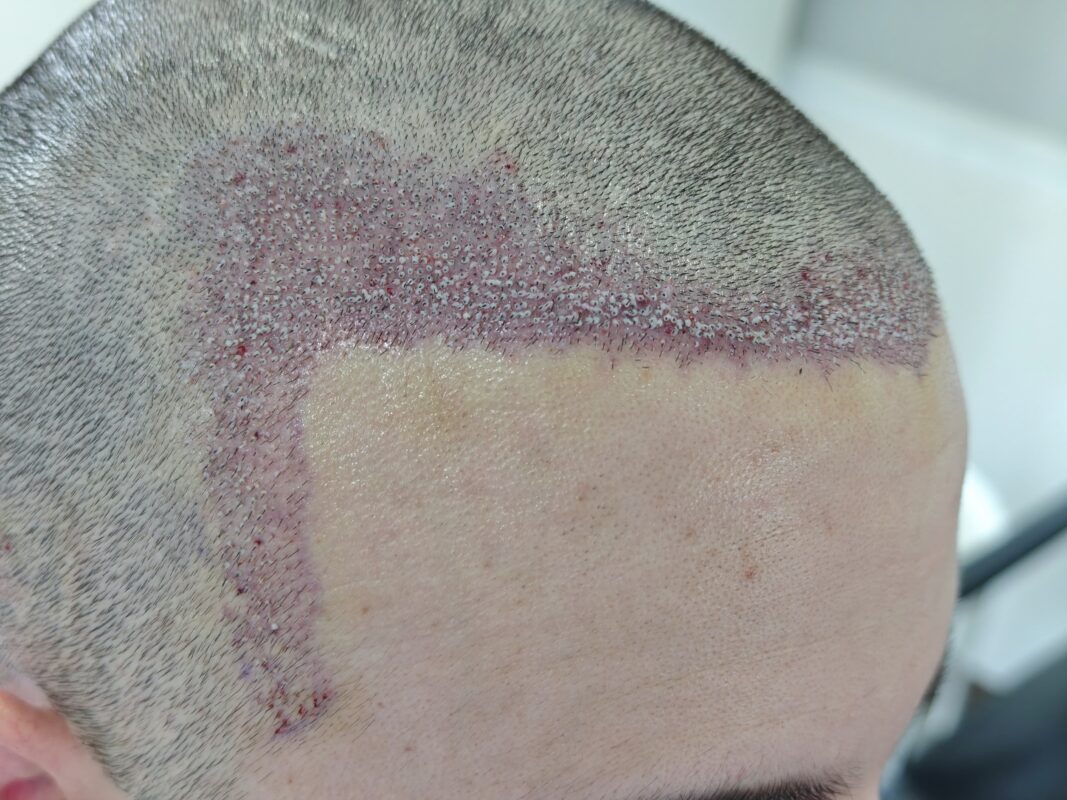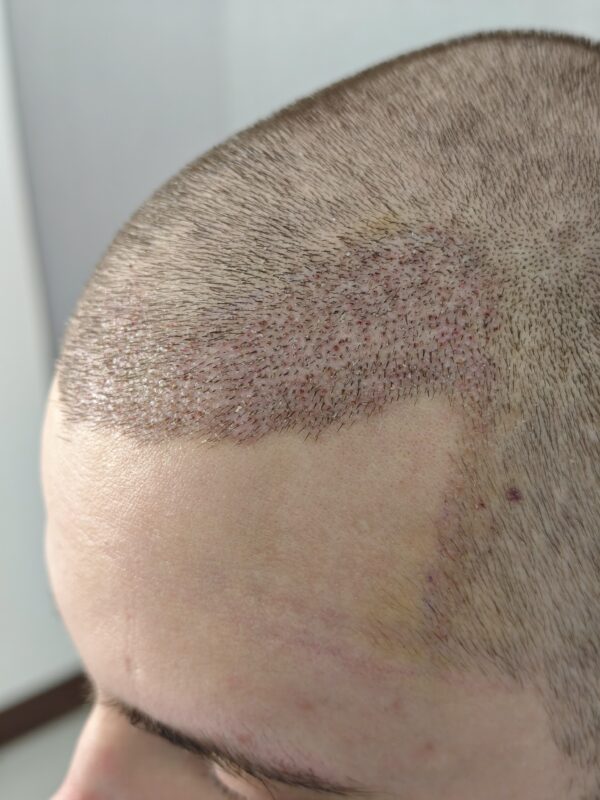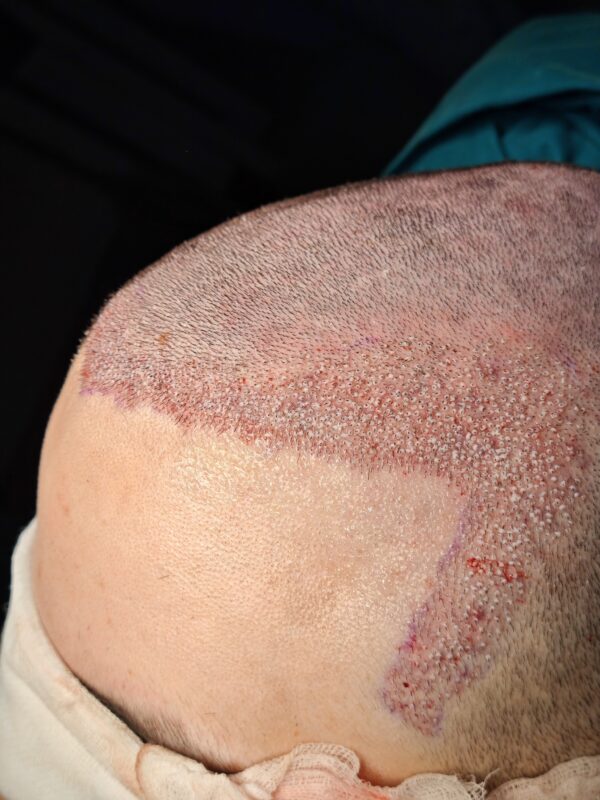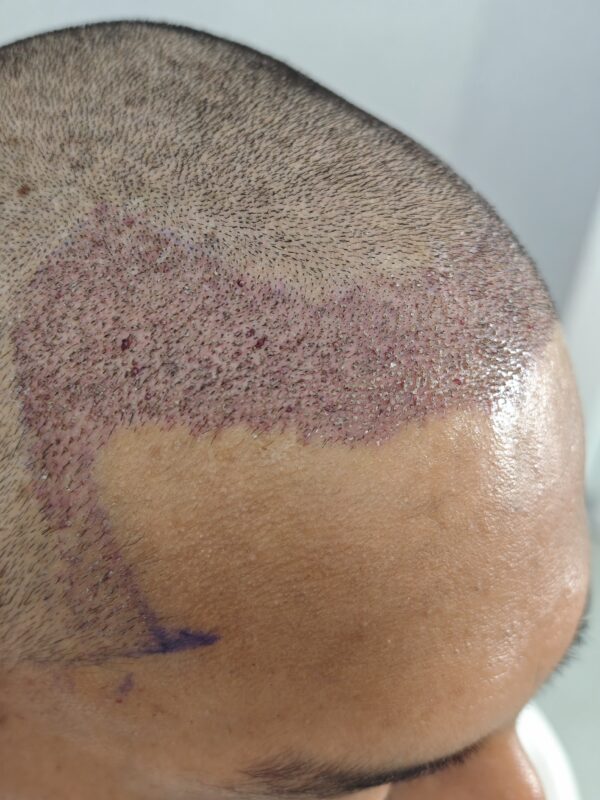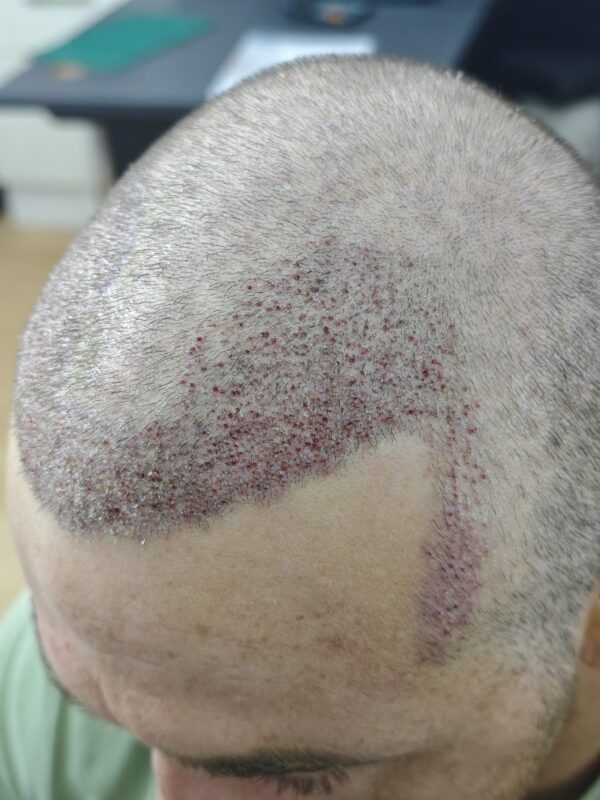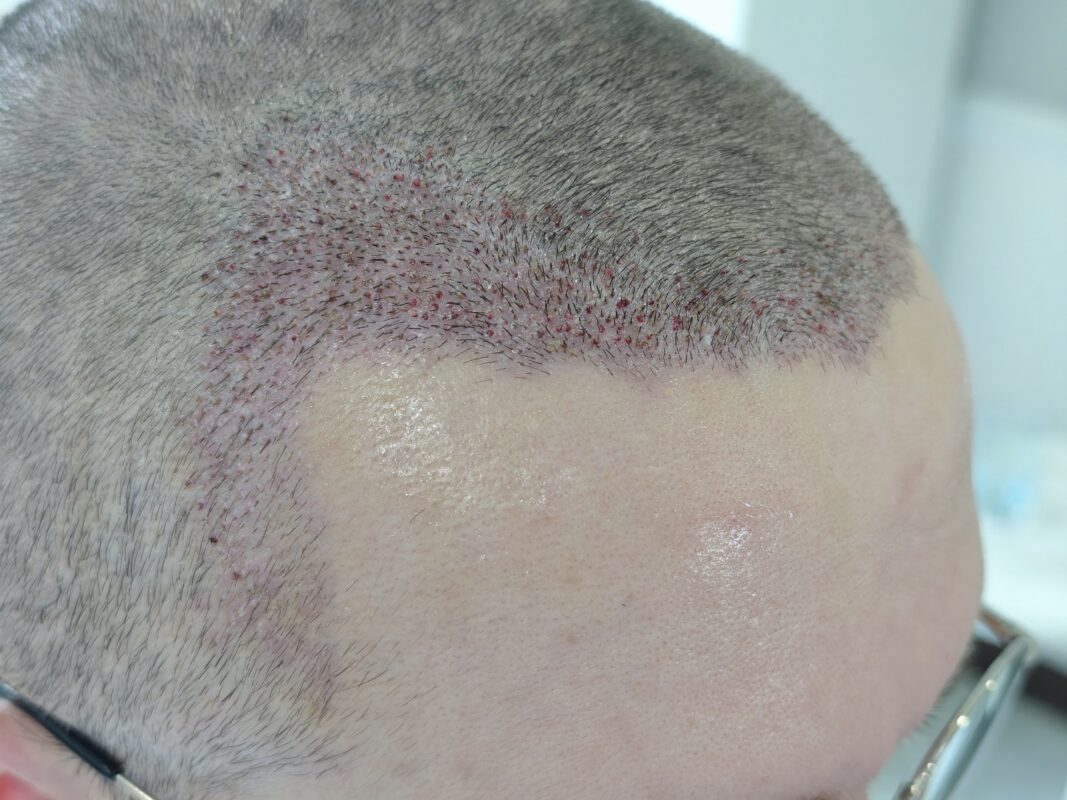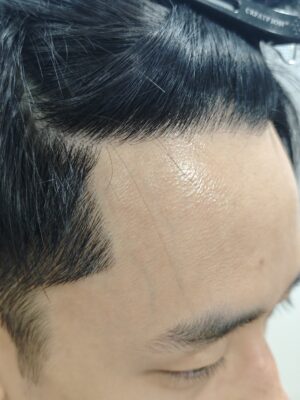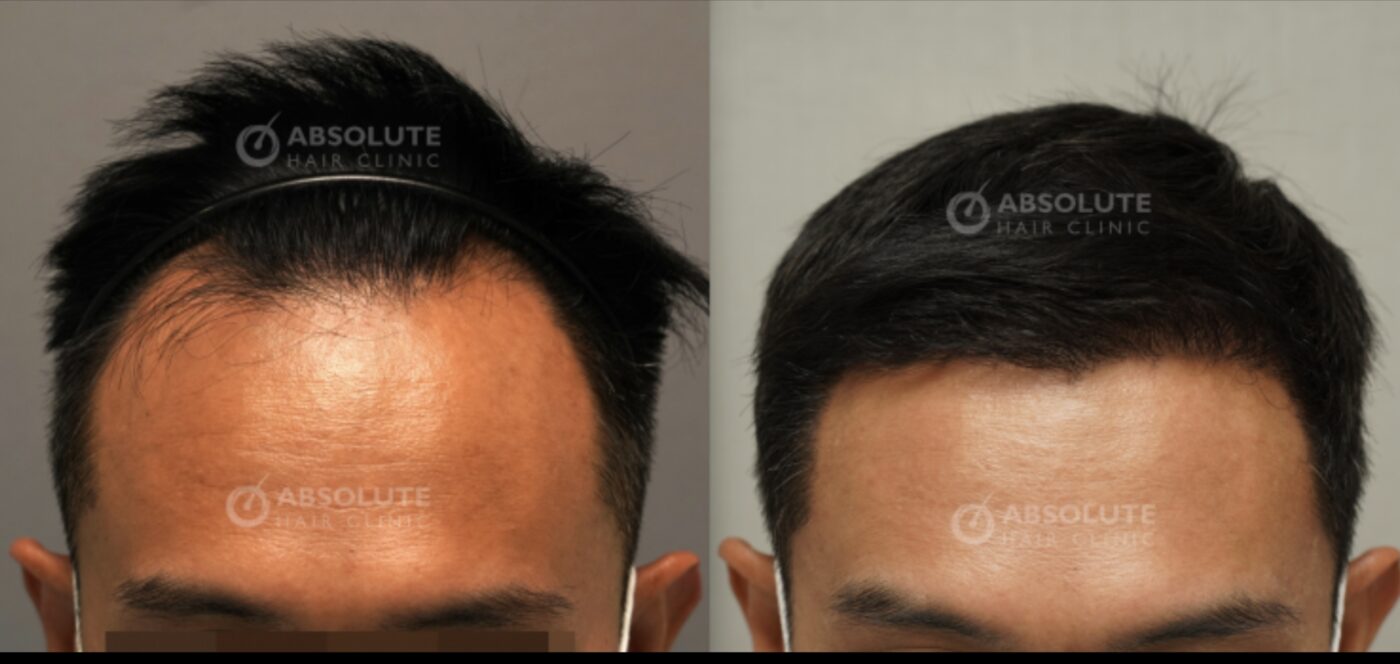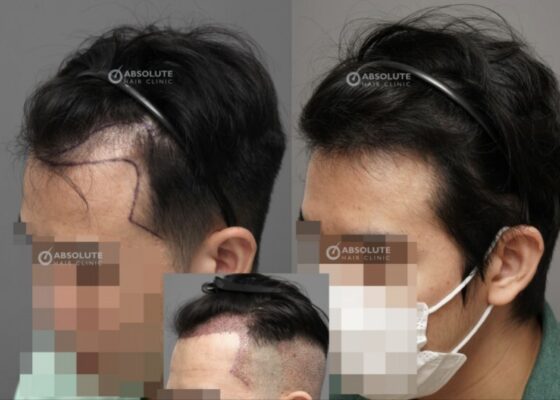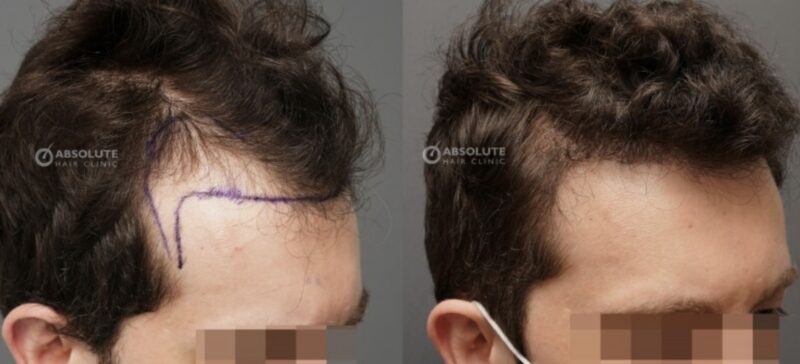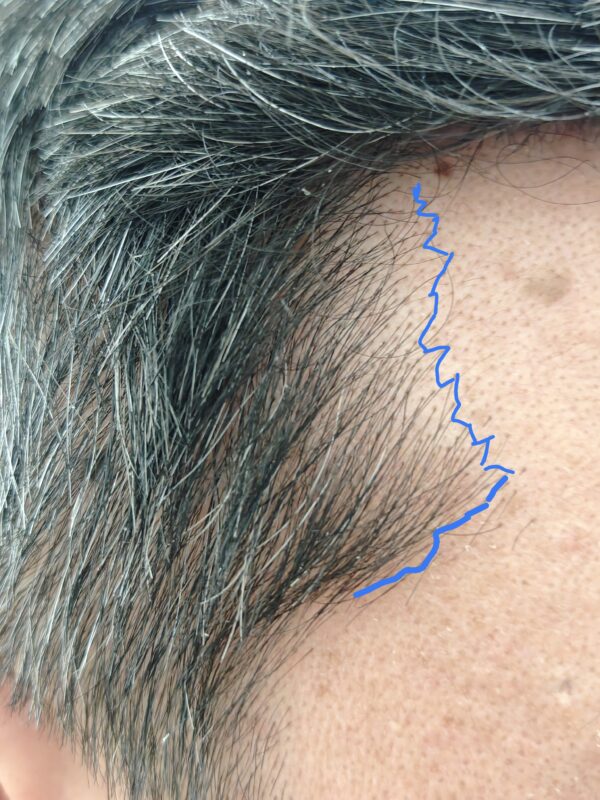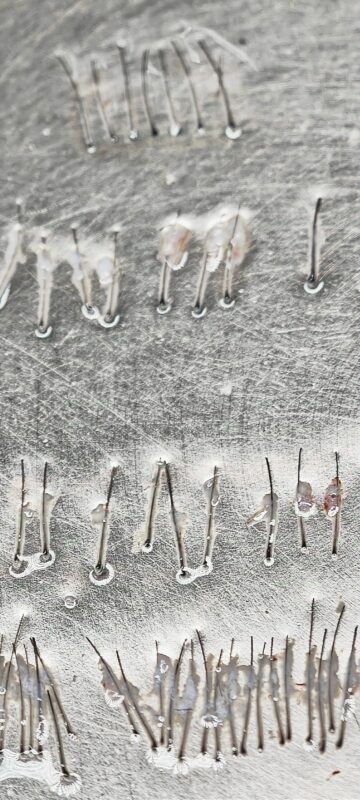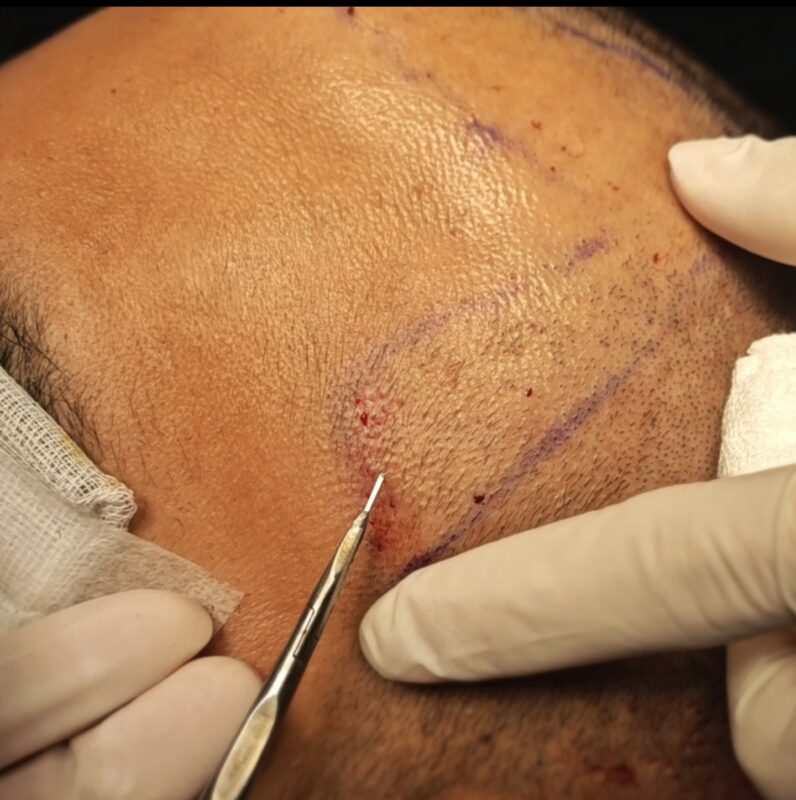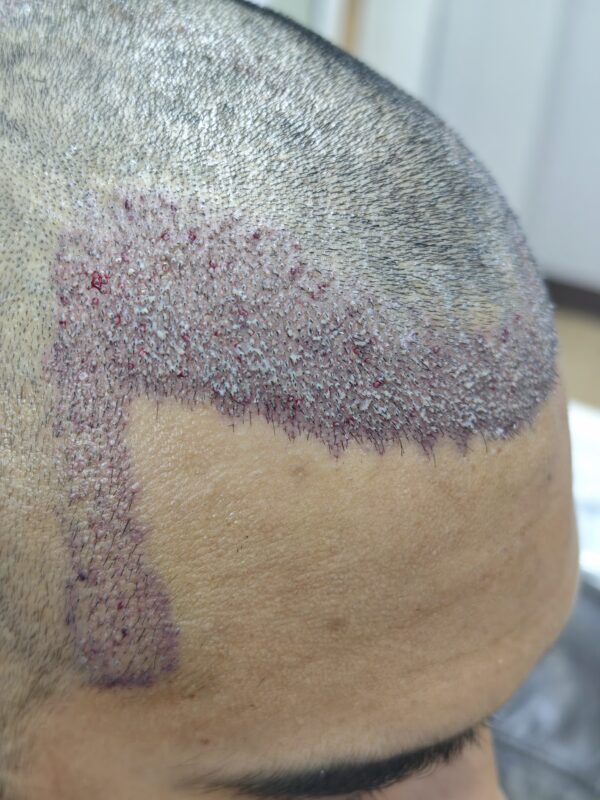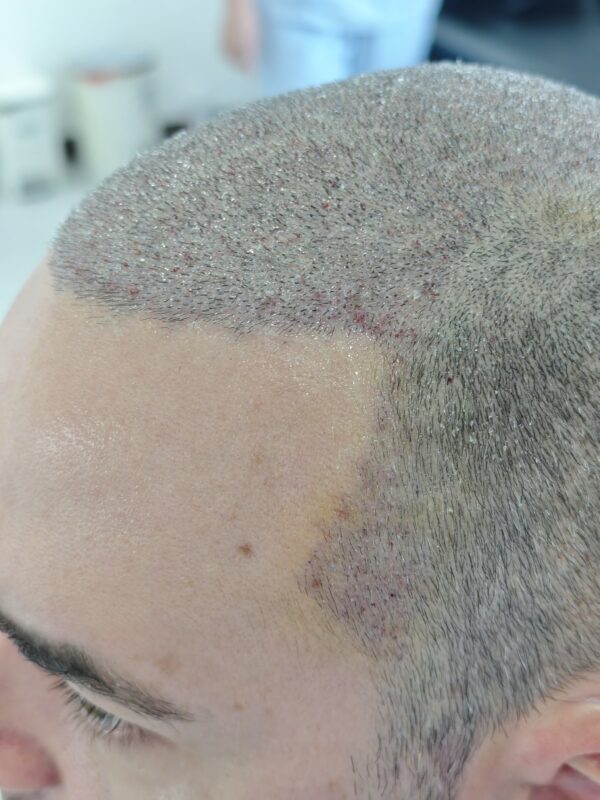Temporal Points Hair Restoration
Temporal Points Hair Restoration: Techniques, Benefits, and Considerations
Introduction
Temporal points are the small yet crucial areas of hair at the temples that frame the face and contribute to a natural, youthful hairline. Loss of hair in the temporal region can significantly impact facial symmetry, making hair restoration in this area essential for achieving a natural look. However, temporal point restoration is one of the most challenging aspects of hair transplantation due to the fine, angled hair growth and the need for precision.
This article explores techniques, advantages, disadvantages, key factors for achieving good results, and potential complications in temporal point hair restoration.
—
Advantages of Temporal Point Hair Restoration



1. Enhanced Facial Framing – Temporal points help define the face and improve the overall aesthetics of the hairline.
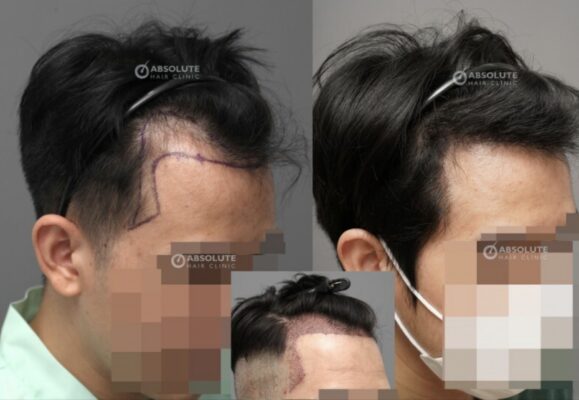
2. More Youthful Appearance – A well-defined temporal region contributes to a rejuvenated look, preventing the “receding hairline” effect.

3. Better Hairline Balance – Restoring the temporal points helps create a harmonious and natural transition from the forehead to the sides of the head.
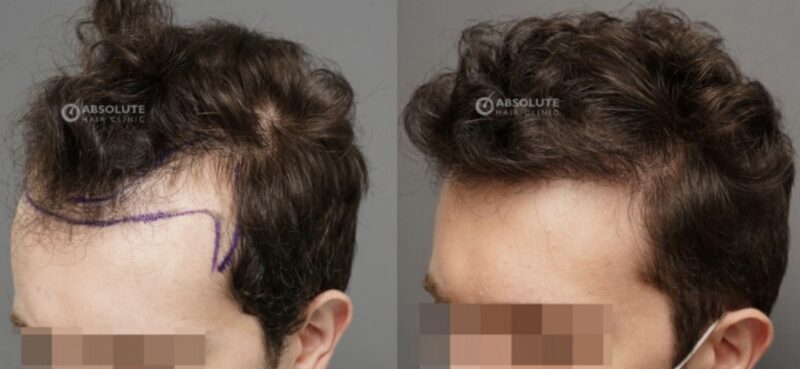
4. Improved Hair Transplant Results – A restored frontal hairline without temporal point reconstruction can look unnatural, especially in younger patients.

5. Customizable to Different Hairlines – The design can be tailored to each individual’s face shape and hair characteristics.
—
Disadvantages of Temporal Point Restoration
1. Technically Challenging – The temporal hair grows at a very acute angle (flat against the scalp), requiring precise implantation to match the natural direction.
2. Higher Graft Demand – Achieving a dense and natural look in the temporal region requires single-hair grafts, which increases graft consumption.
3. Difficult Healing Process – The temporal skin is thinner than other scalp areas, making post-operative scabbing and redness more visible.
4. Limited Graft Availability – For patients with extensive hair loss, donor hair may be prioritized for the frontal hairline rather than the temporal points.
5. Potential for Overgrowth or Poor Angulation – If hair is implanted too upright or at the wrong angle, the result will look unnatural.
—
Techniques for Temporal Point Hair Restoration
More natural-looking results when performed with proper angulation.
Challenges: Requires highly experienced surgeons to implant at the correct acute angle (10–15 degrees).
Multi-follicular units are dissected under a microscope into single hair grafts before implantation.
Only Single hair grafts in forefront 2-3 rows and irregularities also applied
Inner area, double hair grafts can be used
How it Works:
Hair follicles are implanted using an implanter pen with pre-made incisions.
Key Factors for Achieving Good Results
1. Proper Angulation & Direction
Temporal hair grows at an acute angle (10–15 degrees).
Incorrect angles result in an unnatural, spiky look.
2. Using Single-Hair Grafts
Temporal points require only single-hair follicular units to mimic natural hair growth.
Multi-hair grafts can make the area look unnaturally thick.
3. Dense Packing
Achieving a natural-looking temporal point requires moderate-density graft placement (30–40 grafts/cm²).
Poor density results in a thin, patchy appearance.
4. Matching Hair Characteristics
The texture, thickness, and curl of transplanted hair must match the existing temporal hair.
Mismatched donor hair can make the transplant noticeable.
5. Designing a Personalized Hairline
Temporal point restoration should be based on individual facial proportions.
A too-aggressive design can result in an unnatural or “boxy” appearance.

—
Potential Complications & How to Avoid Them
1. Incorrect Angulation
Problem: Hair implanted at the wrong angle grows too upright, looking unnatural.
Solution: Experienced surgeons must use micro blades or implanter pens to achieve proper orientation.
2. Goosebumps or cobblestone or pitting appearances
Solution: proper dept position of grafts palcement, not too shallow will have cubblestone or too deep will occur pitting appearances
3. Poor Density
Problem: If grafts are spaced too far apart, the result looks thin;
Solution: Use proper spacing (30–40 grafts/cm²) and ensure healthy blood supply to the area.
4. Pluggy look
Solution: Never use multiple hair grafts in forefront rows
5. Prolonged Redness & Swelling
Problem: The temporal skin is delicate, leading to longer healing times.
Solution: Use cold compresses, avoid sun exposure, and follow post-op care strictly.
—
Conclusion
Temporal point hair restoration is a highly specialized procedure that significantly enhances facial harmony and improves the overall aesthetics of a hair transplant. However, achieving a natural look requires expert execution, careful angulation, and single-hair grafts placed with precision.







